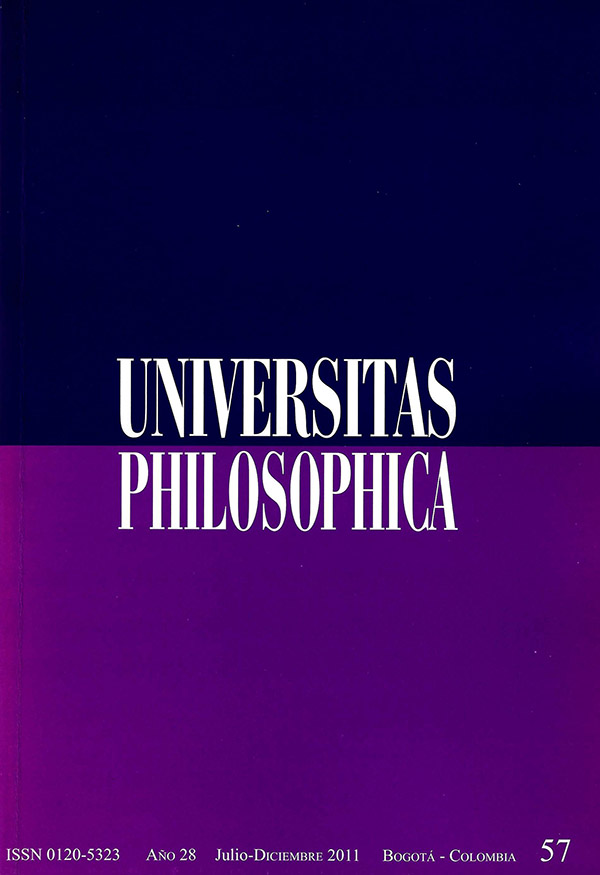Abstract
It is commonly held that even though, in the period of Being and Time, Heidegger was critical of the Greek conception of being as presence (Anwesenheit, Praesenz), he came to embrace the conception of being as presencing (Anwesen) in his later work. In the paper I argue that this view, even if true from a general viewpoint, requires major specification. I claim that the notion of Anwesen only came to express Heidegger’s own positive conception of being around the mid-forties and after a complex and relatively long process correlative, on the one hand, to the evolution of his use of the term ‘Wesen’, and to his reappropriation of the Presocratics, on the other. I present the details of this process and suggest that Heidegger’s relatively late decision to employ the term ‘Anwesen’ to express his own conception of being can be seen as part of his effort to reach a balance between several aspects of said conception.
This journal is registered under a Creative Commons Attribution 4.0 International Public License. Thus, this work may be reproduced, distributed, and publicly shared in digital format, as long as the names of the authors and Pontificia Universidad Javeriana are acknowledged. Others are allowed to quote, adapt, transform, auto-archive, republish, and create based on this material, for any purpose (even commercial ones), provided the authorship is duly acknowledged, a link to the original work is provided, and it is specified if changes have been made. Pontificia Universidad Javeriana does not hold the rights of published works and the authors are solely responsible for the contents of their works; they keep the moral, intellectual, privacy, and publicity rights.
Approving the intervention of the work (review, copy-editing, translation, layout) and the following outreach, are granted through an use license and not through an assignment of rights. This means the journal and Pontificia Universidad Javeriana cannot be held responsible for any ethical malpractice by the authors. As a consequence of the protection granted by the use license, the journal is not required to publish recantations or modify information already published, unless the errata stems from the editorial management process. Publishing contents in this journal does not generate royalties for contributors.


